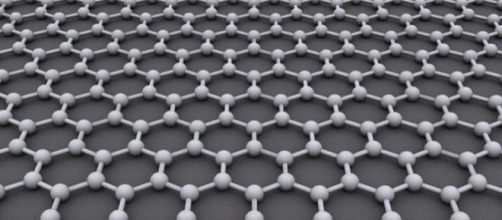Scientists from the University of Swinburne in Australia have developed an efficient energy storage development that is apt to replace the batteries used in cars, cell phones, computers and other similar devices. The new super battery or supercapacitor is able to store as much power per kg as a Lithium battery; however, it only takes seconds to charge and is based on carbon, which is cheaper than lithium. The supercapacitor is millions of times more efficient and is environmentally friendly.
Advantages of carbon based supercapacitors in Australia
Almost every battery utilized in Australia is based on lead and acid. These types of batteries possess the disadvantageous characteristic that they can take hours to obtain power and they are short-lived; moreover, they’re not compliant with the environmental policies, thus they require expensive disposal practices. The new developed supercapacitor charges quick, permits the charge and discharge by the millions and is environmentally compliant.
Battery made of carbon (graphene)
The principal difficulty that researchers have to deal with in relation to Supercapacitors was their low energy storage capacity; however, the problem was overcome by utilizing grapheme, which is a sort of carbon sheets that possess great amounts of surface area for the storage of energy.
The production of graphene for the development of supercapacitors was unattainable in the large scale; however, by utilizing a 3D printer, scientists were able to produce graphene reducing costs.
Thin as printing paper
The developed technology is very flexible and thin, resembling the characteristics of conventional printing paper. These physical characteristics made the charging technology viable to be used in typical everyday things, including clothing, bed sheets, table tops and wearable devices, making them power suppliers for a long list of household or out the house practices.
The development of more efficient batteries with innovative materials and enhanced energy storage capacities has been developed throughout the world in recent years. This type of technology opens new possibilities for more efficient and adaptable technologies in a broad list of everyday Electric devices.

